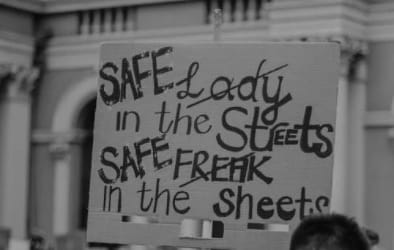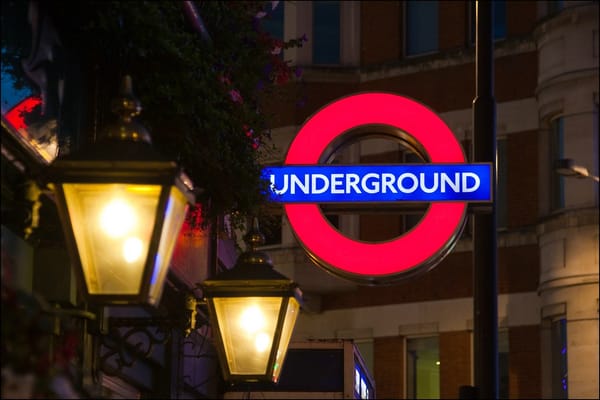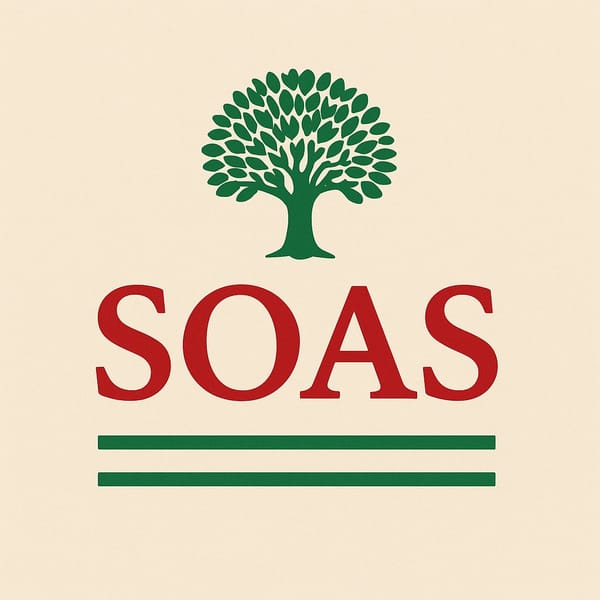Will Students Ever Feel Safe at University?

By Lulu Goad, BA Arabic
Content warning: sexual harassment and assault
On a particularly bitter February evening sat in Senate House, I logged into Zoom to join a webinar hosted by Our Streets Now to discuss their ‘Student Safety Report’ that had been created off the back of a collaborative survey with The Tab in 2021.
Our Streets Now and The Tab representatives were joined by members of initiatives such as Beyond Equality and Not On My Campus, all contributing to a conversation about the results of this survey which sought to establish students’ feelings of safety with regards to their concerns and experiences of public sexual harassment (PSH) and sexual assault in and around their higher education institutions.
“48% of participants did not trust their higher education system to handle a sexual assault claim appropriately”
The report hadn’t quite been released at the time so, a few weeks later, I found said report and looked through the harrowing statistics to refresh my memory for this article. Amongst other gruelling numbers it notes that 48% of participants did not trust their higher education system to handle a sexual assault claim appropriately and 86% of students of marginalsied genders reported that they wouldn’t feel comfortable sharing their experiences of PSH with their institution.
At the beginning of the Zoom, Our Streets Now mentioned their intention to discover what the students really felt and who they felt able to trust. It appears they got their answer.
But what was also interesting is that many of these answers were not anything new. Statistics from Rapecrisis suggest that in England and Wales, one in five adult women have experienced sexual assualt, and if we consider international students, the statistic is closer to one in three on a global basis.
The report agreed – the figures line up. One of the attendees, Clarissa Humphreys, Sexual Misconduct Prevention and Response Manager for Durham University, pointed out that the results of the report ‘were shocking, but not surprising.’ You could see those with their cameras on were nodding in agreement.
Whilst researching for this piece, I received an email from the Enough is Enough team at SOAS with a similar survey attached, presumably created in response to the release of the Our Streets Now report. I began to wonder what I’d say, what the whole student body might say, maybe even whether they’d say anything at all.
Because, as we’ve seen, the statistics are shocking and continue to shock due to their continued prevalence, yet years worth of accumulated data, all reinforcing the same issue, seems to have had a minimal effect at best on, in this case, the policy of institutions. These outcomes beg the question as to whether adding to these statistics will really make any particular difference.
Despite the despondent looks from the attendees, participants naturally began suggesting solutions to the problem of safety in higher education institutions. The likelihood of anything new coming up is unlikely but it’s worth listening, I thought to myself. And it was relatively useful.
Richie Benson, the Universities Project Lead at Beyond Equality, drilled in this idea of proactivity rather than reactivity. I remembered how well I thought SOAS Enough is Enough had done at providing consent workshops early on. But to expect much more from higher education institutions is potentially naive since the budget for student support is extremely low, with only 17% of tuition fees going towards enhancing teaching, research infrastructure and the student experience, according to Nottingham Trent University.
So even though common law states that a universities’ duty of care to students includes the provision of pastoral support and taking steps required to protect the health, safety, and well-being of students, how much are they really willing to do considering the limited budget? There was a salient concluding point from Benson.
He commented on how in the past talking about PSH and sexual assault meant the audience clocked off, stopped listening, but how ‘now, when these words come up, people lean in.’
It’s on the minds of many, and the flourishing of sexual assault support or awareness initiatives, such as Everyone’s Invited, proves progress is being made whether it seems like it or not. So whilst the safety of many of the UK’s universities may continue to be endangered for years to come, inch by inch reports like this might eventually make a big difference.
Our Streets Now highlights that their report sets out very clear, achievable goals for higher education spaces, so perhaps this will be some of the advice that universities at long last decide to follow. Maybe finally we’ll see the light at the end of the tunnel.
I would very much encourage readers to add your response to the aforementioned Enough is Enough survey if you feel willing and able to. The more responses, the merrier.
Photo Caption: ‘Safe in the streets, safe in the sheets.’ (Credit: Pexels.com)



